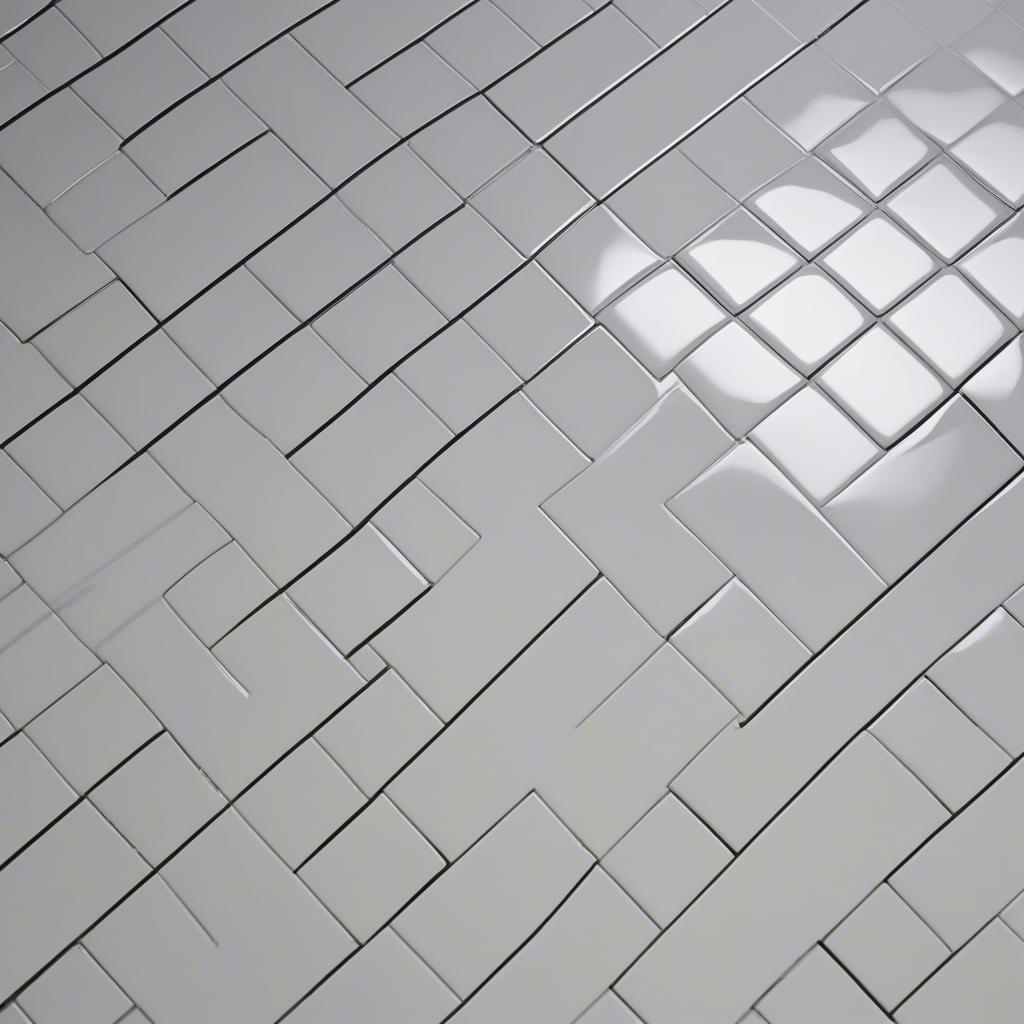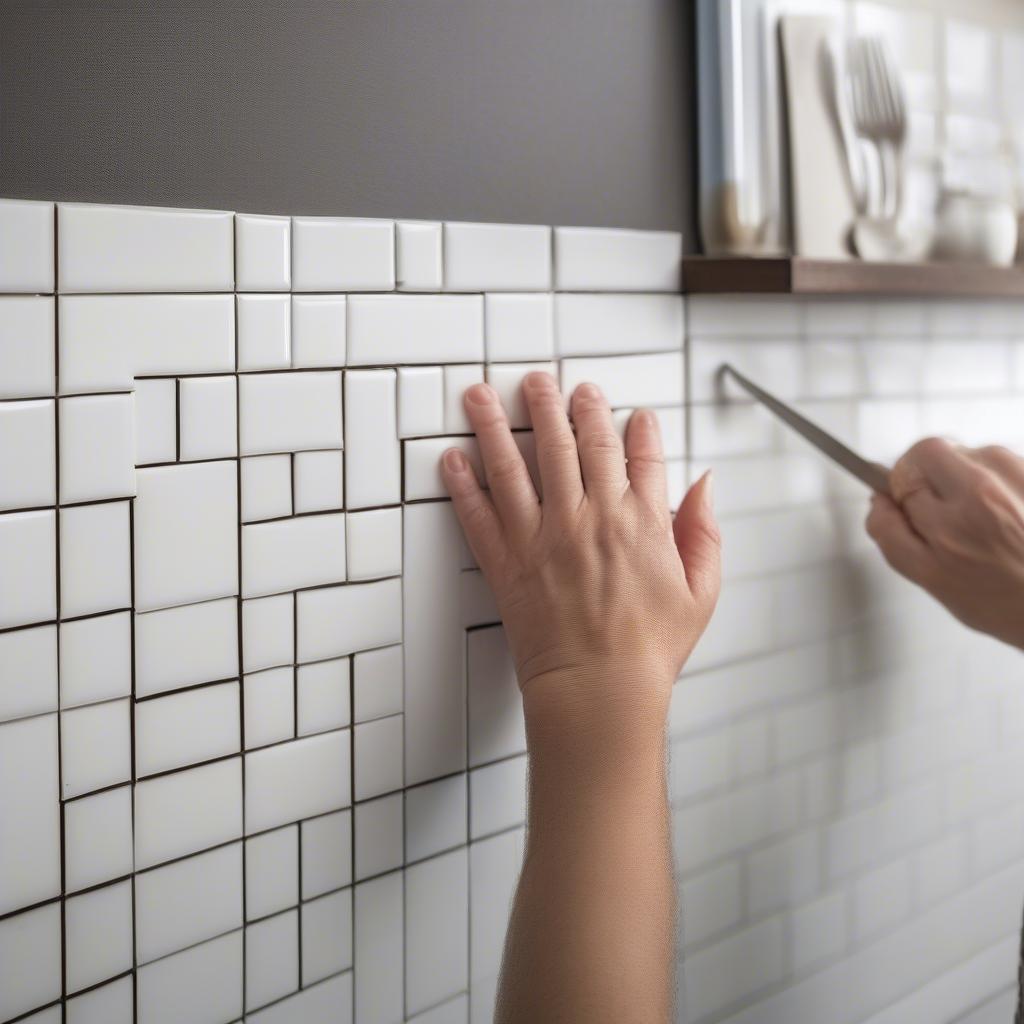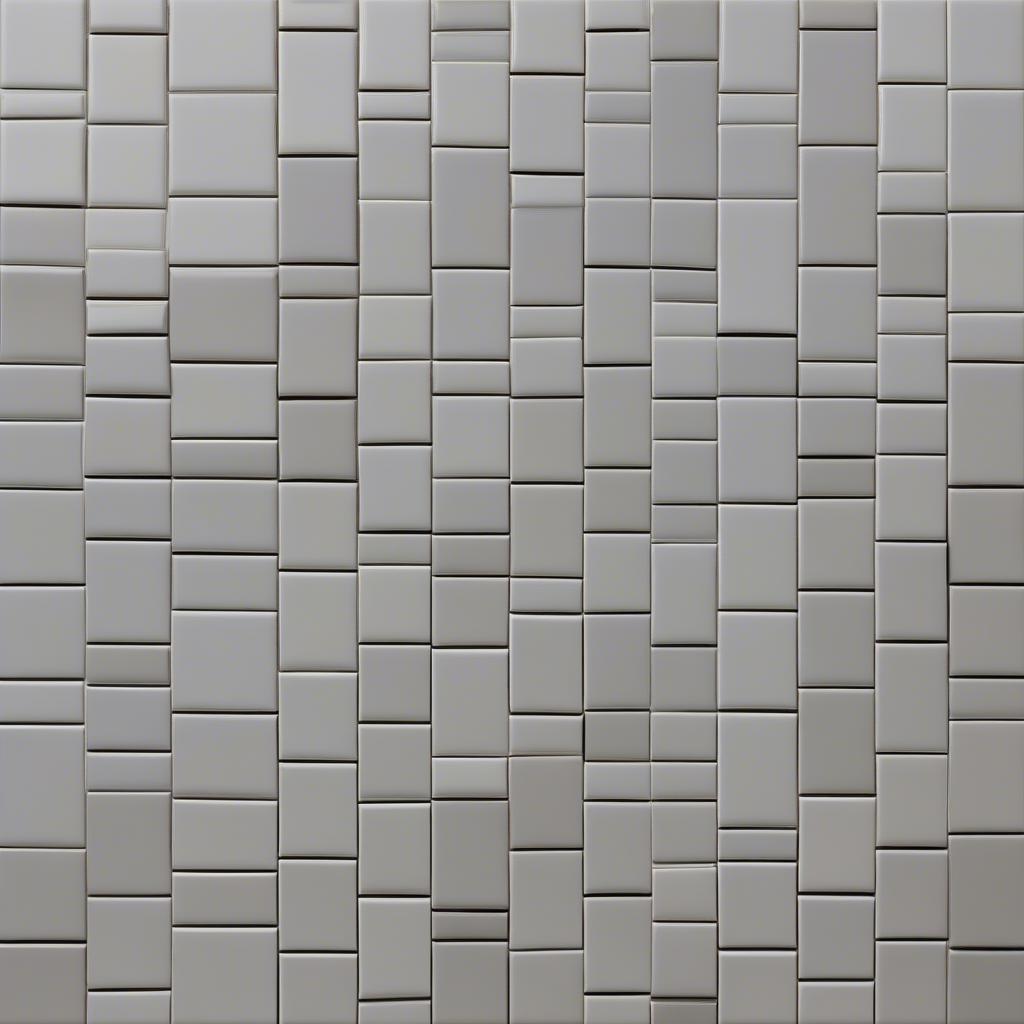Basket Weaving
Mastering the Subway Tile Basket Weave Pattern
The Subway Tile Basket Weave Pattern is a classic design choice that adds a touch of timeless elegance to any space. This article will delve into the intricacies of this pattern, exploring its origins, variations, installation techniques, and design considerations to help you achieve the perfect basket weave look in your home.  Subway tile basket weave pattern on a bathroom floor
Subway tile basket weave pattern on a bathroom floor
Understanding the Subway Tile Basket Weave Pattern
The basket weave tile pattern, reminiscent of interwoven strands in a basket, creates a visually captivating texture. This pattern traditionally uses rectangular subway tiles arranged in alternating vertical and horizontal pairs, resembling the over-under weave of a basket. While classic white subway tiles are commonly used, this versatile pattern can be achieved with various materials, colors, and sizes, offering endless design possibilities. You can create a subway tile basket weave that fits your unique style.
Origins and Evolution of the Basket Weave
The basket weave pattern has a rich history, dating back to ancient civilizations where basket weaving was a fundamental craft. This pattern eventually transitioned into architectural and design elements, becoming a popular choice for flooring and wall coverings in the early 20th century. Today, the basket weave pattern remains a sought-after design, appreciated for its classic appeal and enduring charm.
Installing the Subway Tile Basket Weave Pattern
While seemingly simple, achieving a flawless basket weave subway tile pattern requires careful planning and precise execution. Here’s a step-by-step guide:
- Plan and Measure: Accurately measure the area to be tiled and calculate the required number of tiles. Consider tile size and grout lines.
- Prepare the Surface: Ensure the surface is clean, level, and free of debris.
- Lay Out the Pattern: Dry-lay the tiles to visualize the pattern and make necessary adjustments before applying adhesive.
- Apply Adhesive: Spread a thin, even layer of tile adhesive onto the surface.
- Set the Tiles: Carefully place the tiles according to the basket weave pattern, ensuring even spacing.
- Grout: After the adhesive dries, apply grout to fill the spaces between the tiles.
- Clean and Seal: Clean the excess grout and seal the tiles to protect them from moisture and staining.
 Installing subway tile basket weave pattern for kitchen backsplash
Installing subway tile basket weave pattern for kitchen backsplash
Design Considerations for the Subway Tile Basket Weave Pattern
The subway tile basket weave pattern offers a versatile backdrop for various design styles. Consider these factors when incorporating this pattern into your space:
- Tile Material: Explore different materials like ceramic, porcelain, glass, or natural stone to achieve the desired look and feel.
- Color Palette: Choose colors that complement your overall design scheme. Classic white provides a timeless look, while bolder colors can create a statement.
- Grout Color: Grout color can significantly impact the final appearance. Contrasting grout emphasizes the pattern, while matching grout creates a more subtle effect.
- Scale and Proportion: Consider the size of the tiles and the overall area being tiled. Large subway basket weave patterns can create a dramatic effect in larger spaces.
- Surrounding Elements: Coordinate the basket weave pattern with other design elements, such as countertops, cabinets, and lighting fixtures.
“Choosing the right grout color can dramatically change the look of your basket weave. A contrasting grout will highlight the pattern, while a matching grout will create a more seamless, understated look,” says Jane Doe, Interior Design Consultant at Doe Designs.
Basket Weave Pattern Variations
While the traditional basket weave uses rectangular subway tiles, variations like large square basket weaving offer unique aesthetic options. Experimenting with different tile sizes and shapes can create customized patterns that add personality and visual interest to your space.
 Basket weave pattern variations with different tile sizes and colors
Basket weave pattern variations with different tile sizes and colors
“Don’t be afraid to experiment with different tile materials and sizes. A basket weave using larger format tiles can create a bold statement in a spacious room,” adds John Smith, Lead Designer at Smith & Co. Basket weave kitchen backsplash tiles are a great way to incorporate this pattern.
Conclusion
The subway tile basket weave pattern is a timeless and versatile design choice that adds character and sophistication to any space. From its historical roots to its modern applications, this pattern continues to captivate with its intricate beauty. By understanding the installation process and design considerations, you can create a stunning basket weave masterpiece in your home.
FAQ
- What type of tile is best for a basket weave pattern?
- How do you calculate the number of tiles needed for a basket weave pattern?
- What is the ideal grout spacing for a basket weave pattern?
- Can you use a basket weave pattern on both floors and walls?
- What are some common mistakes to avoid when installing a basket weave pattern?
- How do you clean and maintain a basket weave tile surface?
- What are some alternative patterns to the basket weave?
If you need further assistance, please contact us at Hanoi, Vietnam or Tech Avenue, Suite 12, San Francisco, CA 94105, USA. We have a 24/7 customer service team.
